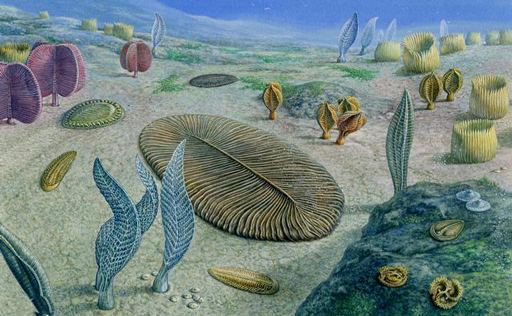Progressive Oxidation Permitted Life on Earth to Flourish
A new study published in the academic journal “Nature Communications” carried out by a team of international scientists, including researchers from Leeds University, UCL (London) and the University of Washington, suggests that it took about one hundred million years for oxygen levels on our planet to rise to a high enough level to allow a rapid increase in the diversity of life on Earth.
Life on Earth
This study, which involved the use of a novel research technique – analysing selenium isotope concentrations from seven different locations, indicates that there was not a steady rise in oxygen levels over this immense period of time, O2 concentrations fluctuated. The amount of oxygen increased in fits and starts, but the increase of overall available O2, did lead to a substantial increase in life around 600 million years ago.
The Gradual Rise in Oxygen Permitted a Myriad of Different Types of Animal to Evolve
Picture credit: John Sibbick
Explosion of Life
The researchers examined the period in Earth’s history from around 720 million years ago to prior to the Cambrian geological period. During this time at least three extensive glaciations occurred. As global temperatures fell, so the conditions for life that did exist at the time became extremely harsh. It is likely that a number of different types of fauna became extinct. However, when the temperature of the Earth rose, the ice sheets melted and released vast quantities of minerals and other nutrients into the oceans.
The scientists suggest that the ice melt and the subsequent increased nutrient mix in the sea helped cause oxygen levels to rise in the deep ocean.
CollectA have produced a range of replicas of ancient invertebrates including cephalopods and arthropods: CollectA Prehistoric Life Models.
This rise in O2 levels had huge implications for life on Earth. The scene was set for the Cambrian explosion.


